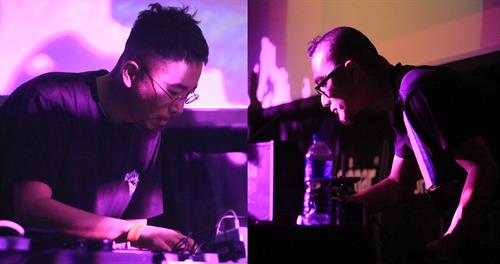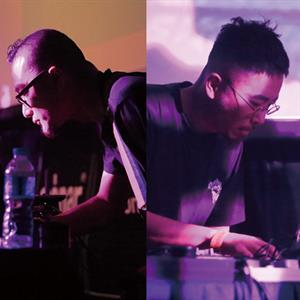
Speaker: Ghostly Park
Language: Cantonese
Electronic music used to be considered underground music and a popular subculture. However, in recent years, the genre has gradually become mainstream, with small and large-scale electronic music festivals attracting thousands of young fans. What is electronic music? Why is the electronic music culture so attractive?
In this talk, electronic music band Ghostly Park will explore the different kinds of electronic music. Taking their album Identify as an example, they will lead you into the world of electronic music through demonstrations, in-depth analysis of different stylistic characteristics and their corresponding music cultures, and discussions of the current status of electronic music in Hong Kong and Macao.
Ghostly Park will also introduce the musical style of multi-instrumentalist and independent musician Peter Broderick, prepping you for his concert ahead of time!
Speaker
Ghostly Park is formed by famous low-frequency, electronic music producer Terence K aka Saiyan (DJ, producer, promotor, Macao) and seasoned music producer Alok Leung (Producer, musician, programming, HK). Combining their different styles, they create the unique sound of Ghostly Park mixing elements of drum & bass, jungle, footwork, dub, techno and more.
In 2019, Ghostly Park released their first album Identify on vinyl, CD and digital music platform, conveying their doubts about identity issues and reflections on culture and life while commuting between Macao and Hong Kong. Soon after, the band was already performing it live at the SónarHong Kong2019 and the 2019 HUSH!! Full Music Beach Concert in Macao.

Deconstructing Electronic Music

